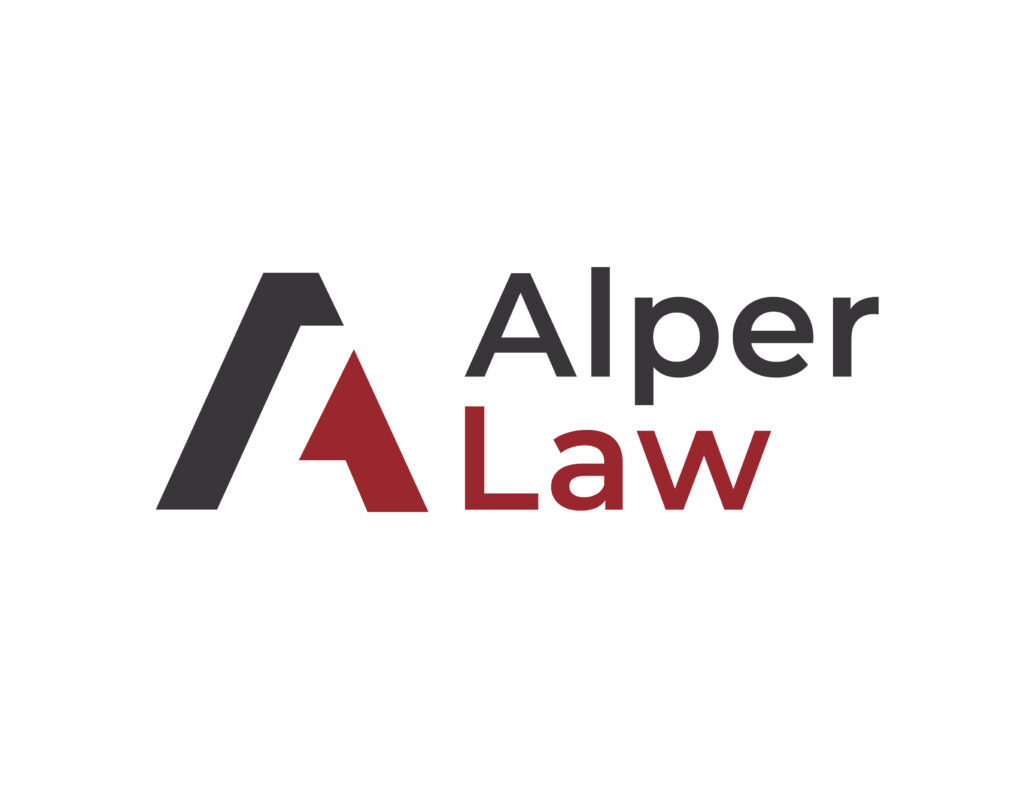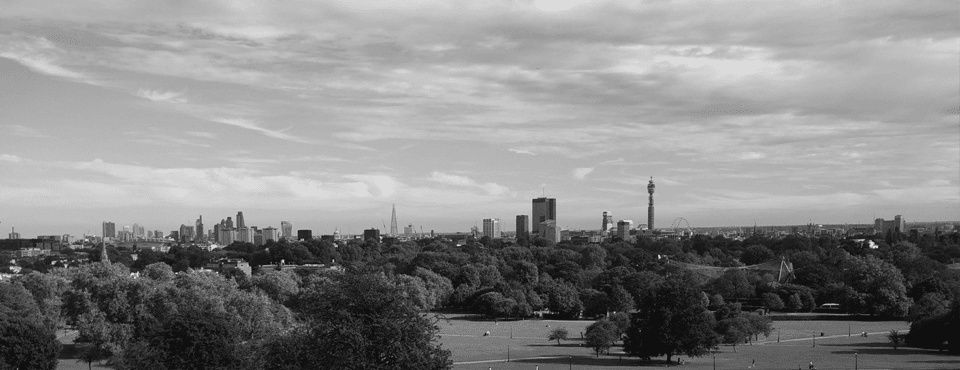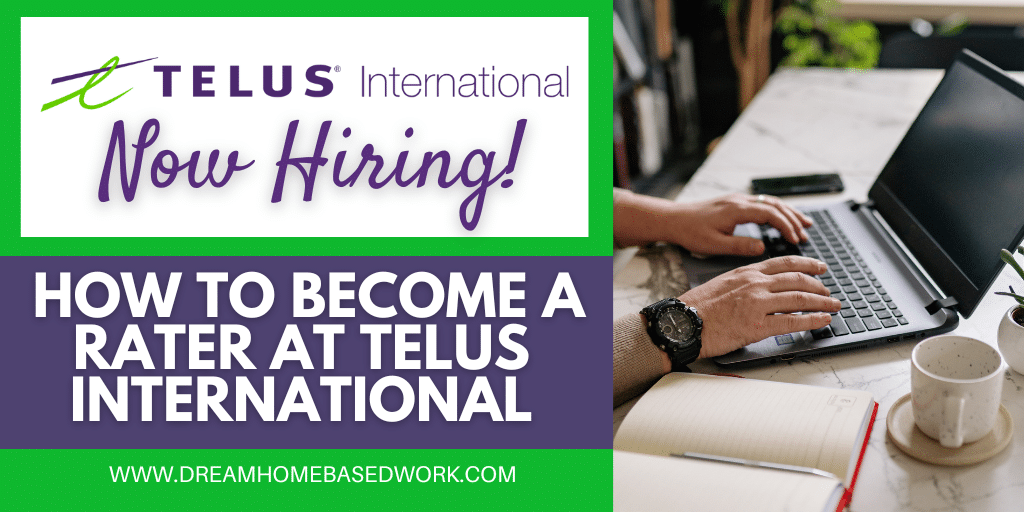I’m coming up on my 10th anniversary of using YNAB and wanted to sum up a few things I’ve learned and what YNAB has done for me over the past decade.

YNAB has helped me achieve my financial goals.
With YNAB, I saw what my money could do. Based on what it showed me:
- I had room to boost my charitable giving to 12-15 percent of my gross income, allowing me to protect almost 50,000 people in sub-Saharan Africa from malaria.
- It helped me pay off my 15-year mortgage in 9 years.
- I saw I could go on overseas vacations, buy musical instruments, and fund other purchases without ever going into debt.
I was able to see my real priorities.
About 8 years ago when I was saving up for a new car, I kept borrowing from the Car category to cover other expenses. Observing this repeated behavior, I realized that maybe I didn’t actually want a new car. Ultimately we decided to sell our car and replace it with a couple of folding bikes.
Living car-free has freed up even more money for the budget as well as saving time and hassle, and I don’t think we’ll ever go back to owning a car while living in our current city.
Budgeting is more liberating than constricting.
Most people are reluctant to live by a budget because they’re worried it’ll cramp their style and suck all the joy and spontaneity out of their lives. It’s been completely the opposite for me. YNAB shows me how much disposable income I have after all my mandatory expenses are covered, and figuring out what to do with those extra dollars (even if they are few) every month is the best part of budgeting.
Budgets are not cast in stone.
I am constantly adjusting my budget categories each month and that’s how it should be. It’s impossible to predict the future: things happen, priorities shift, things come up. YNAB’s flexibility allows you to easily shift allocations among categories while staying within budget overall.

It’s very rare for me to have to say “I can’t buy (or do) this thing because I didn’t budget for it.” First I go hunting through my categories to see if I can reallocate to fund it without causing undue disruption or hardship. There’s usually room. Sometimes there isn’t, and I just set up a savings goal and get there eventually.
There will be months where expenses exceed income, and that’s OK.
If you save up for things before you buy them, which is the YNAB way, there will be many months in which your expenses exceed income. This is not a problem. It’s only a problem if expenses exceed income over the long term, which results in debt. This is one of the big differences between YNAB-style budgeting and the budgets in apps like Quicken, which focus on telling you to keep your monthly expenses below your monthly income. Real life doesn’t work that way.

YNAB is a new way of thinking about money.
Using YNAB is like playing the piano. One hand is doing one thing while the other is doing something completely different. You have to learn how to mentally separate your accounts from your budget and understand that money is fungible. I got paid last week and simultaneously used all of that money to pay off this month’s extra-large credit card bill (bigger than usual due to budgeted-for plane and train tickets for a vacation later this year) and to fund all of July’s budget.
That sounds impossible to anyone who hasn’t used YNAB but it all makes sense once you get your head wrapped around the system. Your accounts are used to fund your budget, but your budget doesn’t care where the money actually resides. You can fund any goal from any combination of accounts, there’s no one-to-one correspondence. It took me a while to fully grasp that distinction and trust it, but once I did it was liberating.
It’s not so much about the money as what you do with it.
There are things I’ve done (like paying off my mortgage early) that make no sense from a purely financial perspective but make total sense from a personal serenity and freedom-of-choice perspective. Having no debt is priceless to me, even if my bottom line is lower than it might otherwise be, because it opens up possibilities that are important to me personally. If I want to retire early, or switch to a job that pays half my current salary, I can. I couldn’t do that if I still had a mortgage hanging over my head. I feel like YNAB has been the ideal partner for me in this approach, as it allows me to tie my spending and savings to my personal priorities. It’s not so much about the money as what you do with it.
See what your money can do for you. Start your YNAB trial today!
Brad shared his story on the YNAB subreddit, where you can find a trove of fellow data savants with ten years, yes ten years, of beautiful data.
Publisher: Source link













